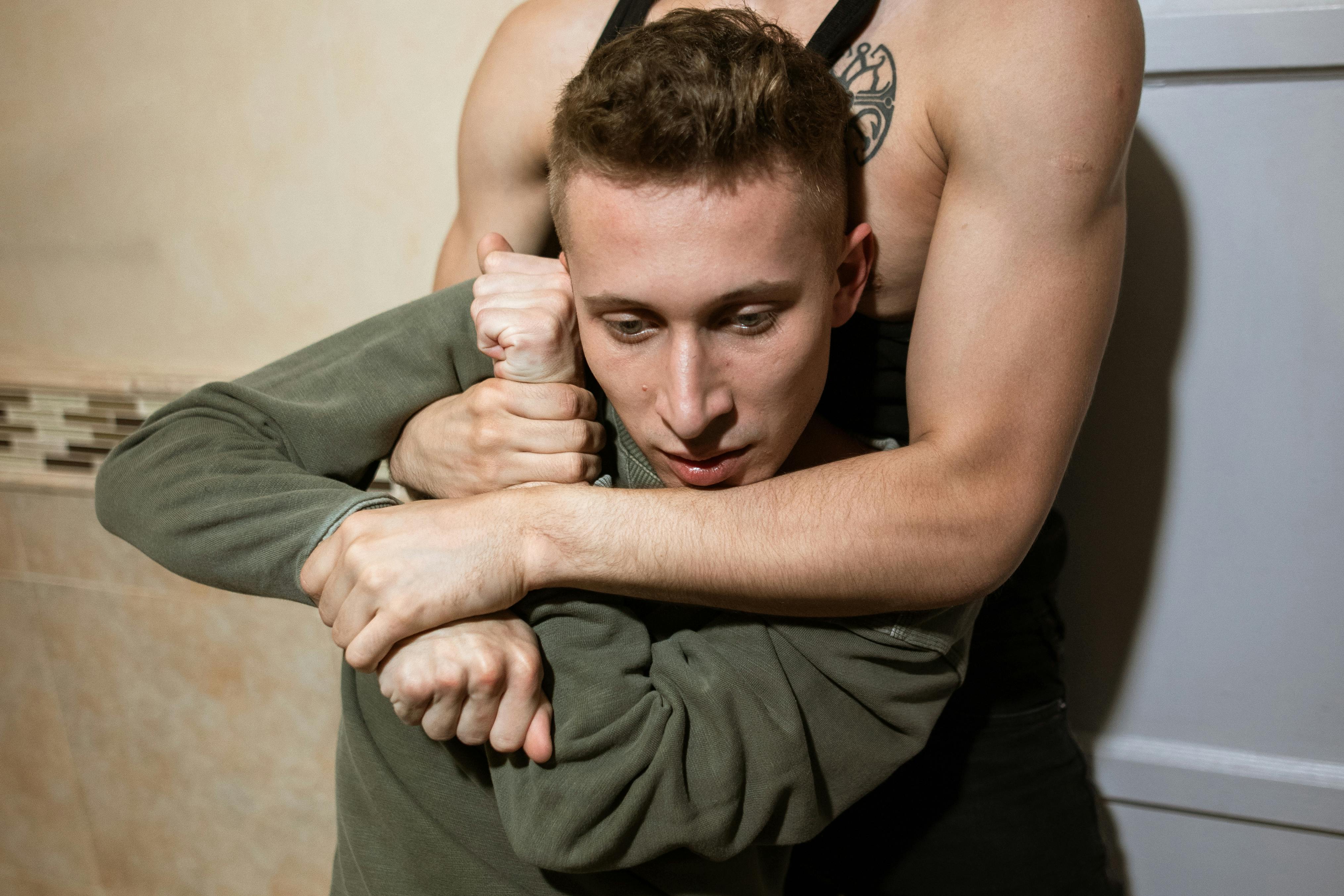Thank you to all of our professional educators who are dedicated to our children! We know how difficult working with kids with ADHD can be, so here are your teacher’s tips for the week, brought to you by the ADHD Information Library and ADDinSchool.com. This is a sample of over 500 classroom interventions for use at http://www.ADDinSchool.com. Here are some tips to improve social skills: Provide a safe environment for the child. Make sure the child knows that you are her friend and that you are there to help her. Treat it with respect. Never put him down in front of his peers. Both he and the other children know that he stands out, and if the teacher puts the child down, then the rest of the children will see it as permission from the teacher to put the child down as well.
Students with attention problems experience many difficulties in the social area, especially in relationships with peers. They tend to experience great difficulty picking up on others’ social cues, act impulsively, have limited awareness of their effect on others, show delayed role-taking, and over-personalize others’ actions as judgmental, and tend to to not acknowledge positive feedback. . They tend to play better with younger or older children when their roles are clearly defined. These students tend to repeat self-defeating patterns of social behavior and do not learn from experience. Conversationally, they may ramble and say embarrassing things to their peers. Areas and periods of time with less structure and supervision, such as the playground and class parties, can be especially problematic. Enlisting peer support in the classroom can greatly improve your student’s self-esteem. Students with a good social conscience and who like to help can be paired with him. This pairing can take the form of being a “study buddy,” doing activities/projects, or playing on the playground. Cross-age tutoring with older or younger students can also have social benefits. The most successful match is achieved with adequate preparation of the matched student, planning meetings with the pair to set expectations, and with parental permission. Matching expectations and time commitments should be fairly narrow in scope to increase the chance of success and decrease the constraints of paired students. Students with attention problems tend to do well in the cooperative group instruction format. Small student groups of three to five members, in which students “sink or swim” together to complete assignments/projects, encourage students to share ideas and organizational responsibilities, and provide an ideal environment for processing interpersonal skills on a regular basis . Small “play groups” of two to four students can help your student develop more effective social skills. These groups are most effective if socially competent peers voluntarily include themselves in the group. The group should focus on activities that emphasize interaction and cooperation. Board games, construction projects, and sessions that promote frequent verbal interactions provide the best opportunity to learn proper social skills and control impulsivity. Your student would benefit most when the targeted soft skills are identified and practiced prior to the activity and processed after the activity.
Many students lack friends to be with outside of the school environment. It may be beneficial to strategize with your student and her parent to develop a “friendship plan” for the home. Sometimes the goal of establishing a special friendship is ambitious enough. This could include steps to identify potential friends who might be available/accepting, practice making arrangements using the phone, planning an activity or sleepover that is structured/predictable, and tips on maintaining friendships over time. A subtle way for your child to learn social skills is through the use of guided observation of her peers on the playground. Take them to the playground and point out how other students initiate activities, cooperate in a game, respond to rejection, cope with being alone, etc. For many students, thirty minutes on the playground is beyond their ability to sustain successful relationships with their peers. If necessary, break recess into ten minutes of activity, ten minute check-in with the teacher/yard monitor, and then another ten minute activity period.
Restricting the area available to your student during recess can increase contact with adult supervision and decrease the complexity of social decision making. This can be done privately with your student before recess. Many students welcome this way of simplifying their social interactions during this period of low structure. It is helpful to meet with your student before their recess/lunch period to go over their recess activity plan and who they will sit with at lunch. Ask him to ask his classmates before the recess block to do a certain activity with him. Process the activity with your student after recess and make suggestions for the next day. Hopefully these will help the ADHD students in your classroom to be more successful. You can learn more about attention deficit hyperactivity disorder in the ADHD Information Library.



